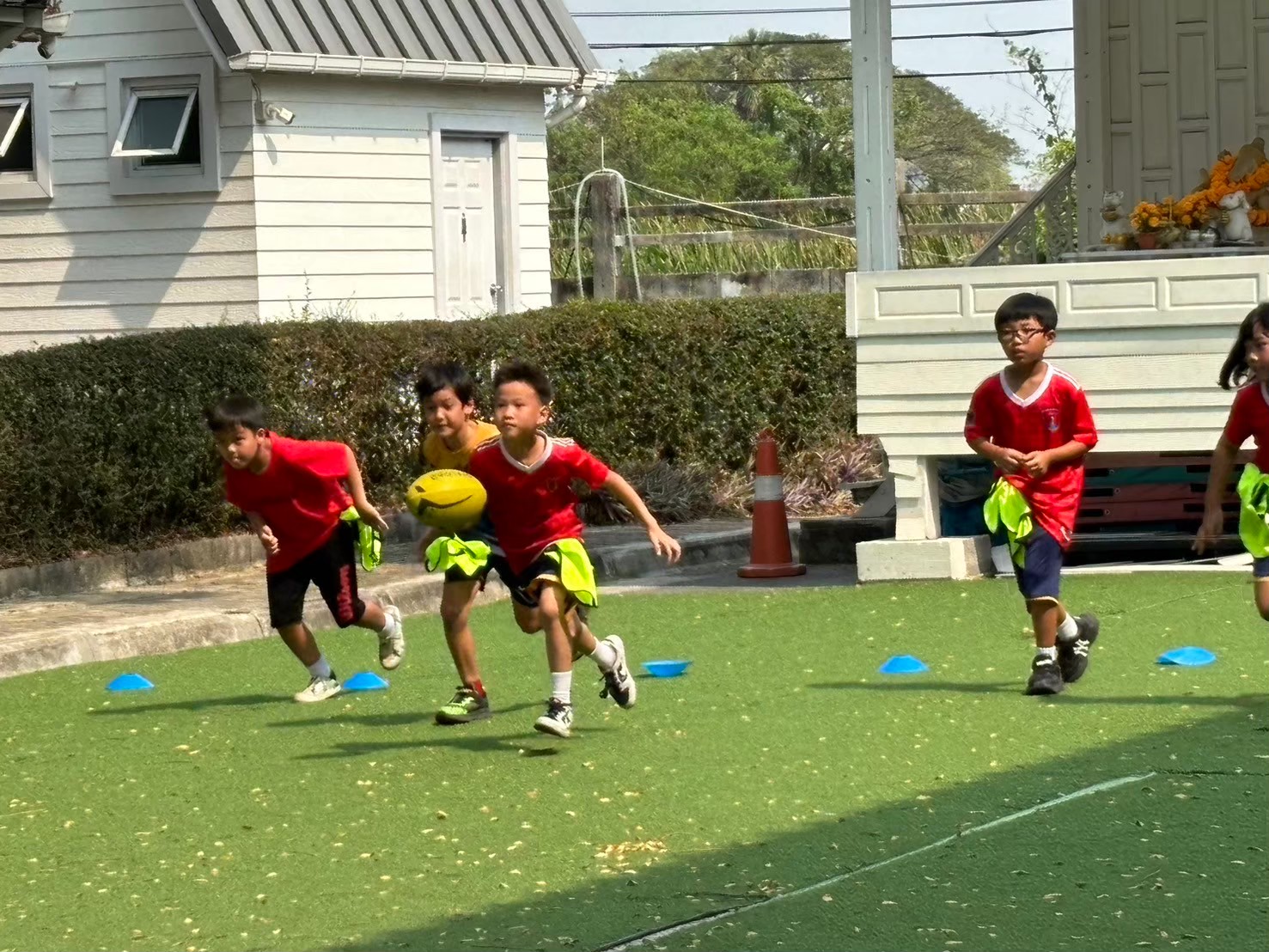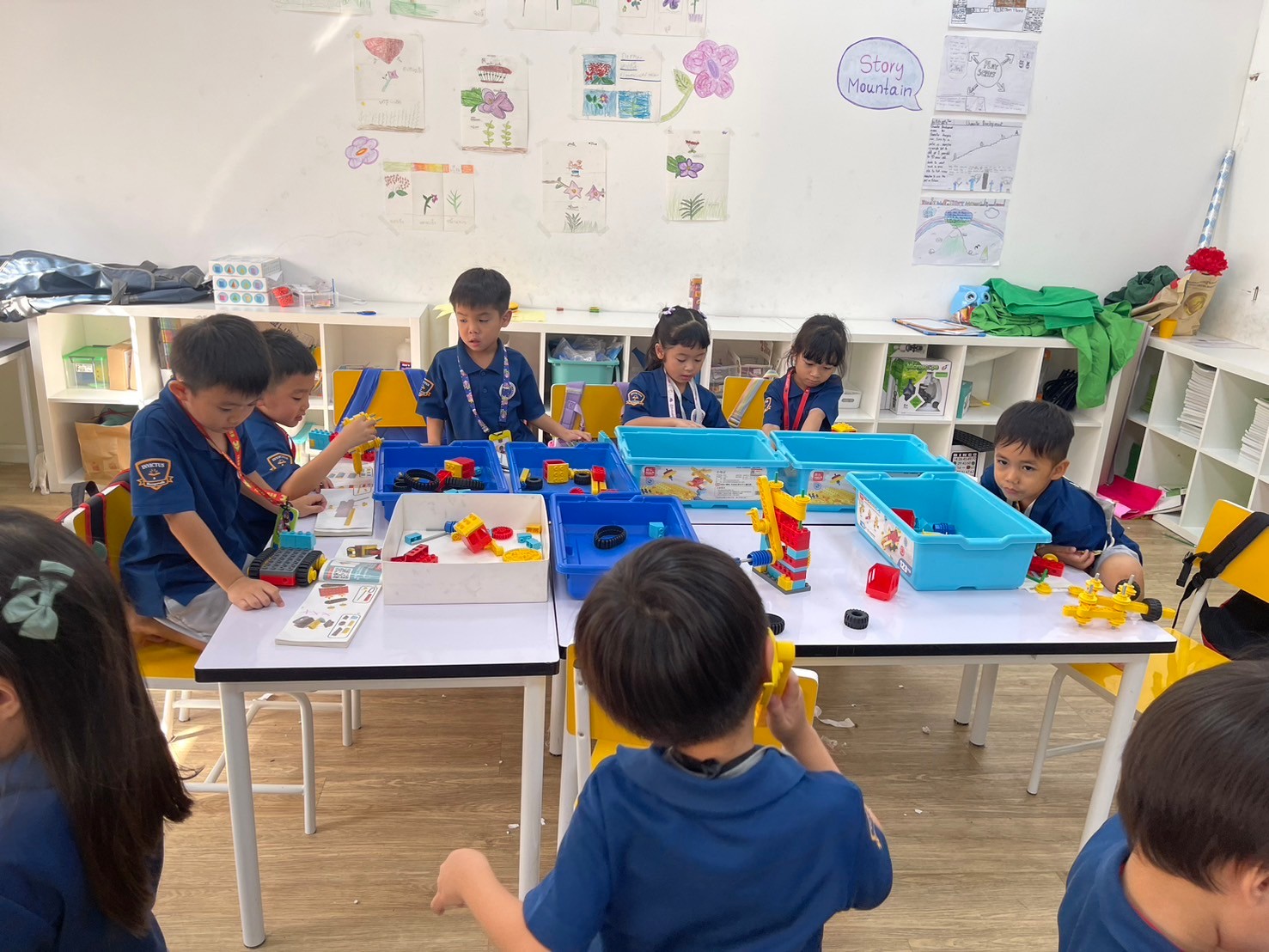Academic Staff
Local vs. International Schools: Which is Best for Your Child?
Choosing the right school for your child is a big decision. As parents, we want to ensure our children get the best education in a supportive environment. One common debate is whether to enrol children in local schools or international schools. Each type has its own advantages and considerations, making the choice a bit challenging.
Local schools follow the national curriculum, which can be beneficial for children who will continue their education in the same country. These schools foster a strong sense of community and local culture. On the other hand, international schools offer a curriculum recognised globally, which can be an advantage for families who move often or want their children to have a broader perspective.
There are many factors to think about when making this decision. It's not just about the curriculum, but also the extracurricular activities, cultural exposure, and the attention each student receives. Understanding these aspects helps parents make an informed choice that aligns with their child's needs and family goals. In the sections that follow, we will explore these factors in detail to help you decide the best fit for your child.
Educational Approach and Curriculum
 The educational approach and curriculum are crucial when choosing between local and international schools. Local schools typically follow the national curriculum, which is designed to meet the educational standards and requirements of the country. This curriculum often includes subjects like maths, science, social studies, and language arts, with a focus on preparing students for national exams and higher education within the country.
The educational approach and curriculum are crucial when choosing between local and international schools. Local schools typically follow the national curriculum, which is designed to meet the educational standards and requirements of the country. This curriculum often includes subjects like maths, science, social studies, and language arts, with a focus on preparing students for national exams and higher education within the country.
Local School Curriculum:
- National Standards: Ensures students meet local educational benchmarks.
- Cultural Emphasis: Integrates local history and traditions.
- Exam Focus: Prepares students for national exams and local higher education.
International schools, on the other hand, follow globally recognised curricula like the International Baccalaureate (IB) or the Cambridge International Examinations. These curricula aim to provide a balanced education that encourages critical thinking, creativity, and global awareness. They are often seen as more flexible and adaptable, catering to a diverse student body with varying educational needs.
International School Curriculum:
- Global Standards: Recognised worldwide, beneficial for international students.
- Holistic Approach: Focuses on critical thinking, creativity, and inquiry-based learning.
- Diverse Subjects: Offers a wide range of subjects, including languages and the arts.
The choice between these curriculums depends on the family's long-term plans and the child's individual needs. Understanding the differences can help parents decide which educational approach will best support their child's learning and future opportunities.

Extracurricular Activities and Opportunities
Extracurricular activities play a vital role in a child's development, offering opportunities to explore interests and develop new skills outside the classroom. Local schools often provide a range of extracurricular activities, including sports, arts, and various clubs. These activities allow children to engage with their peers, build teamwork skills, and discover new hobbies.
Local School Activities:
- Sports Teams: Soccer, basketball, and other team sports.
- Art Clubs: Painting, drawing, and crafts.
- Community Projects: Local community service and engagement.
International schools, however, may offer a more diverse and extensive range of extracurricular opportunities. Given their global focus, these schools often have activities that promote cultural awareness and global citizenship. Students might have access to international competitions, Model United Nations, and overseas trips that broaden their horizons and expose them to different cultures.
International School Activities:
- Global Competitions: Participation in international academic and sports contests.
- Cultural Exchange: Programmes and trips that promote cultural understanding.
- Advanced Clubs: Robotics, debate, and other specialised interest groups.
These opportunities help students at international schools become well-rounded individuals with a broad perspective on the world. When choosing between local and international schools, considering the extracurricular activities available can help parents determine which environment will best support their child's interests and personal growth.
Cultural Exposure and Language Learning
Cultural exposure and language learning are important aspects of a well-rounded education. Local schools often focus on the culture and language of the country where they are located. This can include lessons on local history, traditions, and language proficiency. Learning in a local school helps children understand and appreciate their own culture deeply, making them well-versed in their national heritage.
Benefits of Cultural Exposure in Local Schools:
- Strong National Identity: Schools instill a sense of pride and understanding of local traditions.
- Language Mastery: Focus on mastering the national language, both spoken and written.
- Community Ties: Strong connections with the local community and its culture.
International schools provide a different kind of cultural exposure. These schools often have a diverse student body, which means children interact with peers from various cultural backgrounds. This environment fosters open-mindedness and global awareness. In addition, international schools usually offer multiple language learning opportunities, such as studying French or Spanish alongside English.
Benefits of Cultural Exposure in International Schools:
- Global Perspective: Exposure to different cultures and traditions.
- Multilingual Skills: Opportunity to learn and practise several languages.
- Inclusive Environment: Diverse student community enriching social interactions.
This cultural and linguistic diversity helps students become global citizens, ready to engage with the wider world. Comparing the cultural exposure and language learning options in local versus international schools can guide parents in making the best choice for their child's educational journey.
Class Sizes and Individual Attention
 Class sizes and the level of individual attention students receive are key factors in the learning experience. Local schools often have larger class sizes, which can impact the amount of attention each student receives from teachers. While larger classes can foster social interactions among a bigger peer group, some students might benefit from a more focused educational approach.
Class sizes and the level of individual attention students receive are key factors in the learning experience. Local schools often have larger class sizes, which can impact the amount of attention each student receives from teachers. While larger classes can foster social interactions among a bigger peer group, some students might benefit from a more focused educational approach.
Local Schools:
- Larger Class Sizes: More students per class, which may reduce individual attention from the teacher.
- Peer Interaction: Opportunities to socialise with many classmates.
- Standardised Support: Teachers may use general teaching methods to accommodate larger groups.
International schools typically have smaller class sizes, allowing for more personalised attention and tailored instruction. This can be especially beneficial for students who need extra support or those who thrive with more direct teacher interaction. In smaller classes, teachers can recognise each child's strengths and weaknesses more easily, adapting teaching methods to fit individual needs.
International Schools:
- Smaller Class Sizes: Fewer students per class, leading to more focused teacher attention.
- Personalised Learning: Tailored instruction to meet individual student needs.
- Enhanced Support: Teachers can offer more support and guidance.
Understanding the differences in class sizes and the level of individual attention available at local versus international schools helps parents decide which environment will be the most supportive and effective for their child's learning style and needs.
Final Thoughts
Choosing between local and international schools involves considering many factors. Understanding how each type of school approaches education, extracurricular activities, cultural exposure, and individual attention helps parents make an informed decision. Local schools provide a deep connection to national culture and community, preparing students for local higher education. Conversely, international schools offer a global perspective, diverse cultural interactions, and personalised learning experiences, making them ideal for families seeking a broader education for their children.
Each child's needs and each family's circumstances are unique. Whether you value the strong local ties of a national curriculum or the global outlook of an international one, considering these factors will guide you towards the best choice for your child. In 2024, thinking carefully about these aspects can help parents ensure their child thrives both academically and personally.
For those looking for a Bangkok international school experience, consider Invictus International Pathum Thani. Visit our website to learn more about how we can support your child's education and future success.